Satellite Communication Devices: Why You Need One, and Which to Choose
Oh, the steady march of technology…. It seems every time I purchase a piece of gear, within a day I see an updated, lighter, faster, smarter version—for $10 less. Satellite communication devices offer no respite from this. Today’s crop also boasts many built for different applications, all of which makes choosing the right one difficult. To help you navigate, we’ve taken an in-depth look at both the newcomers and tried-and-true performers.
What Do They Do?
Let’s rewind a bit—maybe you’ve never heard of these magical units. A sat-comm device allows you to communicate via overhead satellites in places where there is no cell service. Apart from one (SpotX), they all rely on the global Iridium satellite network, which covers almost every place on Earth.
These units all have an antenna and will relay your position and a distress call to overhead satellites, which then relay your location to a global rescue provider. For most of us, these units are solely rescue devices, but some may use them for messaging/emailing/social media-ing, too. Most units will also relay your location at customizable intervals, so predetermined recipients (or search-and-rescue personnel) can track your progress in real-time. Some even enable you to download weather reports as well.
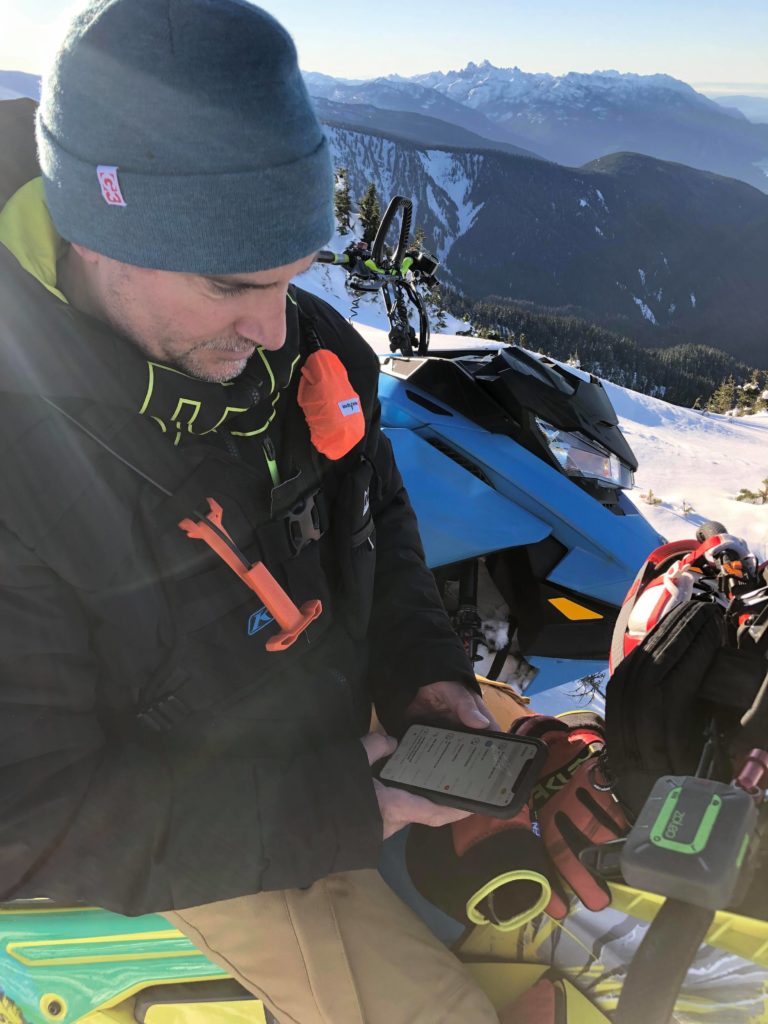
Do you need a sat-comm device? I’d argue, yeah, probably.
The moment you drop cell coverage, the consequences of even a minor injury amplify. When I lived in Boulder, Colo., I could ride my bike 15 minutes to work as a rock climbing guide in Eldorado Canyon. Though it wasn’t far away, the west-facing climbs meant long periods of no cell coverage. If you were to have an accident there requiring emergency care, it may be hours before you even trigger a SAR (search-and-rescue) response, let alone see a guardian angel appear on the ridge above.
Having a sat-comm device, though, could dramatically improve response time. With a texting-enabled device (most of them, these days), you could even describe the nature of the emergency—particularly helpful if a partner has a specific medical need (think: diabetes, epilepsy, or a condition requiring a particular medication or rare intervention).
Further, what if you merely got your ropes stuck and nobody was injured? You might need non-urgent help or just want people to know you’re going to be late (way late!) and all is sort of OK. Rather than merely hitting the SOS button, with a few choice words you could let loved ones know you’re “epic-ing,” but not in grave danger.
As you’ll see, some of these devices are so lightweight and compact, there’s almost no reason not to carry one. Picking the right one does require clearly identifying what you’re going to use it for, though. Once upon a time our choices were limited, but these days you have the luxury of purchasing one that’s more purpose-built for your needs: as an SOS device, more of an active communication device, and/or even a part-time frontcountry comm device.
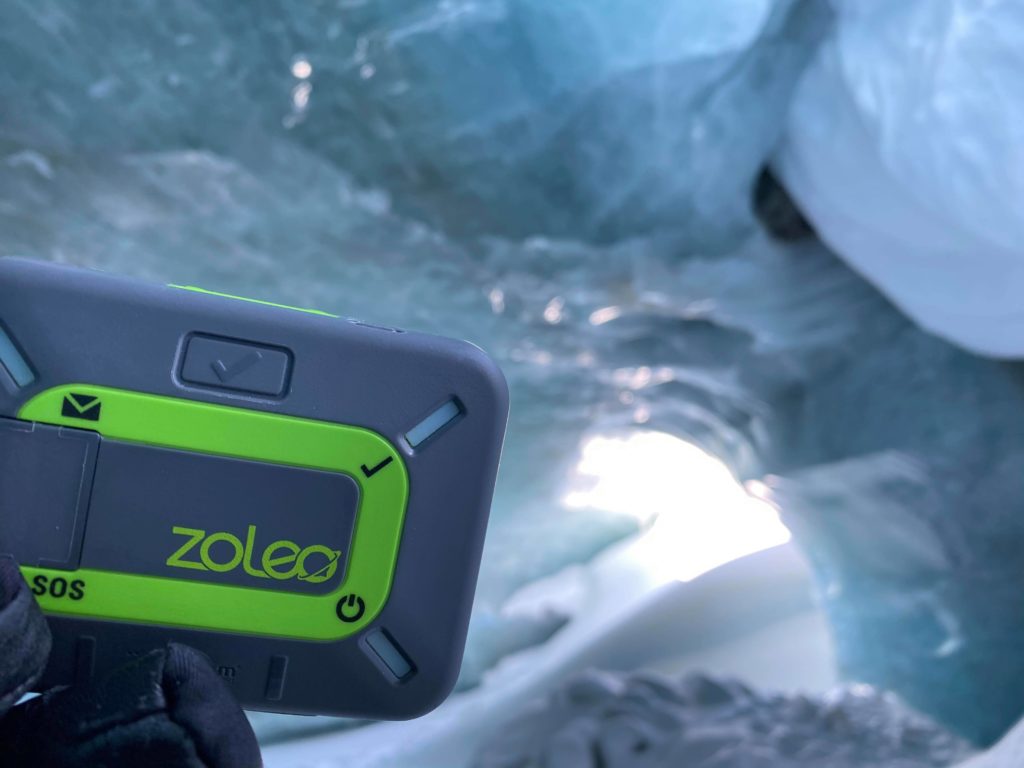
Smartphone Pairing?
Given how many of us use our smartphones for navigation, cameras, and even backcountry entertainment devices, my hunch is most of us will have a smartphone along for the day or week. Why is this a consideration?
The Zoleo, Somewear, Bivystick, and InReach all pair with a smartphone via proprietary apps. (The Bivystick Orange also operates as a backup battery for said smartphone.) This means you can type and read messages on your phone, using your phone’s vastly superior keyboard.
If, however, your phone is lost, damaged, or dead, then the Zoleo, Somewear, and Bivystick all become mere SOS devices that relay only your location and an emergency rescue request. (The Somewear and Bivystick will still be tracking you, though you won’t have any access to the data until you’re frontcountry again.) This may not be a deal-breaker, but recognize that those units become much less useful without a paired smartphone.
The 100-gram InReach Mini (and its big brother, the InReach Explorer+), however, pair with your phone and have small displays with an internal keyboard, which means they both stand alone in case zombies or local toughs smash your phone. The messaging is tedious (you type on a small screen using arrows, like texting circa 1999), but it’s far better than nothing. (For most guides, the ability to relay/receive detailed information is an important component to any rescue. In the case of a complex or multi-day rescue, this could be a life-saver.)
The SpotX, which functions as a stand-alone unit, does not pair with a phone and relies on a Blackberry-style keyboard with a small display. You wouldn’t want to type much on the keyboard (it’s as tedious as the InReach’s), it’s bulkier and heavier than the others, and the SpotX also uses the Globalstar satellite network, which has much less coverage than its competitor, Iridium. (It doesn’t cover the high Arctic or the world’s oceans, for example.) Perhaps it would appeal to people traveling in some specific, remote locations in South America and North Africa, but with so many shortcomings, I see the SpotX as disadvantaged compared to these other lighter, more user-friendly options.
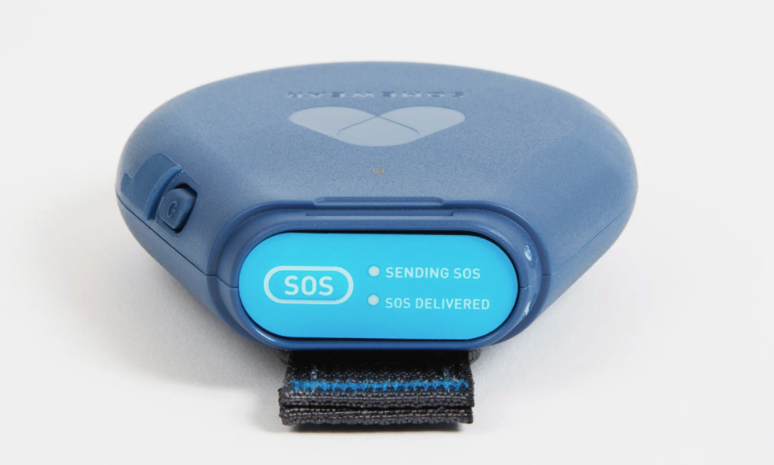
Messaging
If you foresee frequent messaging, you’ll definitely want a unit that pairs with your smartphone, and you’ll need to consider data usage costs. The Zoleo and Somewear both float between sat, cell, and wifi, so these will save on data charges if you imagine yourself using them in the sidecountry, too.
At present, the Zoleo sacrifices mapping, tracking, and a web portal (which means your buddies can’t follow your adventure), but it delivers solid messaging. It comes with its own U.S. phone number, so you can text back and forth with friends in a simple, easy, and familiar way.
The Zoleo also costs a mere $200 for the unit and offers a relatively inexpensive monthly data program. (In contrast, the Somewear and Bivystick are $350 apiece.) Compare data plans and gauge how much you’ll need to get a realistic sense of value. If you’re a big messenger, the Zoleo might be worth it—though it is the heaviest and bulkiest of the smartphone-compatible units.
The InReach Mini, Bivystick, and Somewear all do a capable job of messaging, too. Bivystick and Somewear are newer products, so the interface appears a bit more user-friendly and modern. The InReach works fine, but it’s less dialed than the newer devices and takes some navigating both on the sending and receiving end of things.
Marc Chauvin is an American IFMGA/UIAGM mountain guide, based in North Conway, New Hampshire. A practicing mountain guide for the past 40 years, he’s been an early adopter for several mapping and communication devices. “I am not impressed with the user interface, tracking/mapping, or the map and screen on the InReach. But the bottom line is, as a comm device, I’m happy enough to stay with it,” he says.
For me personally, I might send one message mid-week on a longer trip, so using the InReach Mini works. But if your messaging needs grow, the other units might feel like a good fit.
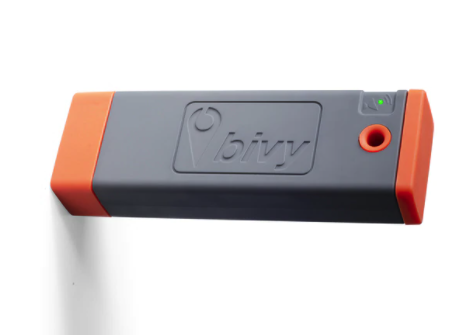
Mapping
Smartphone navigational apps have become so good, I can’t see many people doing without them. (Caltopo, Avenza, Gaia, ViewRanger, and others all have their proponents, and for good reason—phone screens are clear and readable, the map layers are fantastic, and you have endless options in terms of data/apps/custom maps.)
That said, some of these devices do offer mapping functionality within their smartphone apps. The Somewear and Bivystick do relatively well mapping with your phone. As for the InReach Mini, I would rate it as acceptable via its Earthmate app. It will also give you some info via its tiny device screen (though it will do little more than get you pointed in the right direction). Neither the Zoleo nor the Spot X has mapping functionality at all.
Chauvin characterizes the Mini as “good enough for a back-up,” in terms of navigation, but he greatly prefers the detail and customizable options of Caltopo and other digital tools via the phone.
Keep in mind, whether you use these devices or the navigational apps as a GPS/tracking device, you’ll need a functioning phone. If it runs out of batteries or freezes, you will lose your ability to orienteer.
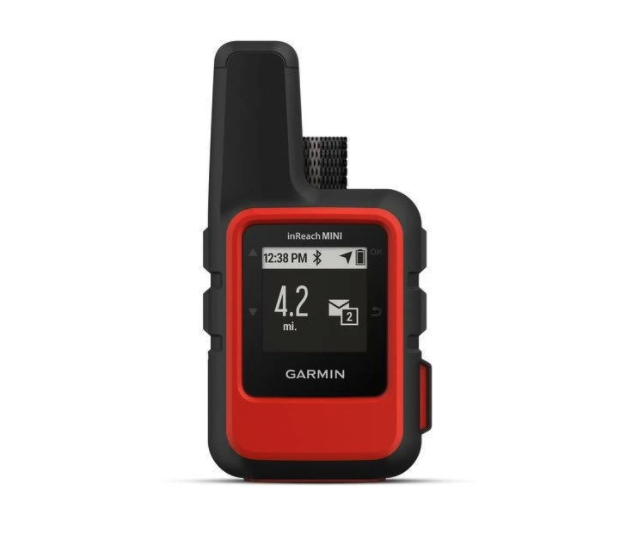
Recommendations
I’m a longtime InReach Mini user, as are most professional mountain guides I know. While the Zoleo, Somewear, and Bivystick offer some interesting improvements, at present they don’t trump the InReach’s light weight, diminutive size, and stand-alone capability. The InReach also allows you to suspend your plan indefinitely, as do most of the other units.
Another IFMGA/UIAGM mountain guide, Jed Porter, guides throughout North and South America, and also tests gear for GearLab. He tests everything from skis to sunglasses to carabiners and generally runs his equipment through the wringer. After testing sat-comm devices, he had this to say: “For now, use the InReach Mini. But watch the market closely. It won’t be long before something else is quite a bit better. Probably from a small, nimble startup using existing infrastructure and services.”
In short, the feel is a bit outdated, but the InReach still does what I need it to.
Rob Coppolillo guides and writes from his home in Chamonix, France. He’s the author of “The Ski Guide Manual” (Falcon, $32.95) and “The Mountain Guide Manual” (Falcon, $24.95), and is an internationally licensed mountain guide.


